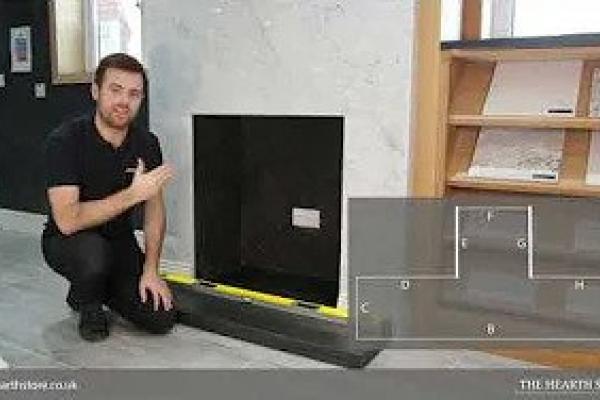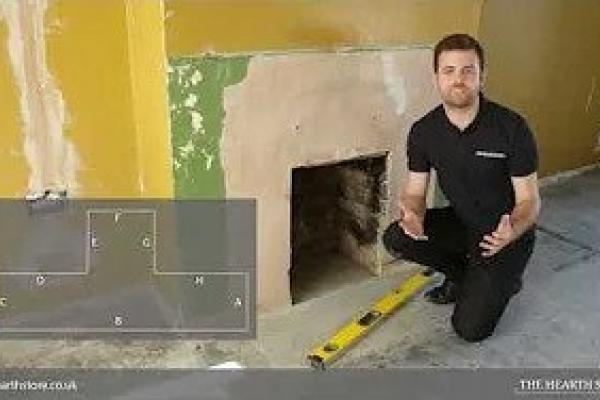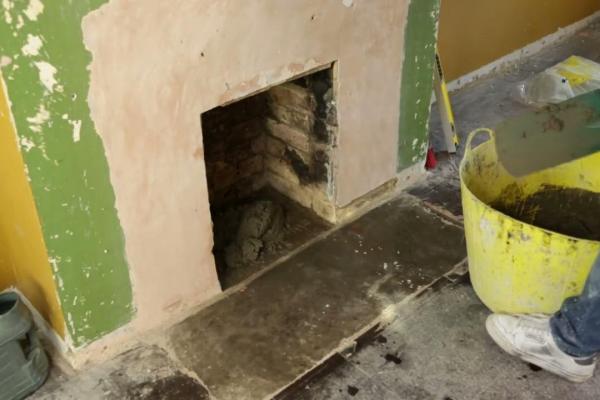How Big Does My Hearth Need To Be
In the UK, there are several fire regulations that apply to wood-burning stoves. Here are some key regulations to be aware of:
- Installation: Wood-burning stoves must be installed by a qualified professional who is registered with a competent person scheme, such as HETAS (Heating Equipment Testing and Approval Scheme). The installation must comply with Building Regulations, including proper ventilation, flue requirements, and clearances to combustible materials.
- Distance to combustible materials: There are specific regulations regarding the minimum distance that a wood-burning stove should be installed from combustible materials, such as walls, furniture, and flooring. The exact distances vary depending on the stove model and manufacturer, so it's important to follow the manufacturer's instructions and consult with a professional installer.
- Flue and chimney requirements: Wood-burning stoves require a suitable flue or chimney system to safely remove combustion gases. The flue must be properly sized and installed according to Building Regulations. It should be regularly inspected and cleaned to ensure proper functioning.
For current building regs please see https://assets.publishing.service.gov.uk/government/uploads/system/uploads/attachment_data/file/1108428/ADJ_2022.pdf - Carbon monoxide (CO) safety: Wood-burning stoves produce carbon monoxide, a potentially dangerous gas. It is essential to have a carbon monoxide detector installed in the same room as the stove to provide early warning of any CO leaks. Regular maintenance and proper ventilation are also crucial to minimize the risk of carbon monoxide poisoning.
- Approved fuels: Only use approved fuels, such as dry seasoned wood or smokeless fuels, in wood-burning stoves. Burning unseasoned or wet wood can lead to excessive smoke, poor combustion, and increased risk of chimney fires.
- Regular maintenance: It is important to regularly maintain and clean your wood-burning stove to ensure its safe and efficient operation. This includes cleaning the flue, removing ash buildup, and inspecting the stove for any signs of damage or wear.
It's worth noting that fire regulations may vary slightly depending on the specific location and local authorities. Therefore, it is advisable to consult with a professional installer or local building control for specific regulations and requirements in your area.
Videos
Watch our helpful guides to measure and fit your fireplace hearth with confidence.





